Tips for Commercial Tenants: Protecting Yourself Against Your Landlord’s Foreclosure
When negotiating a commercial lease, many tenants focus on the immediate terms—such as rent, improvements, and the length of the lease—without considering the potential impact of their landlord’s financial health. However, it’s crucial for tenants to think through the possible consequences if their landlord faces foreclosure by their lender. One of the most effective ways for a tenant to protect themselves in such a scenario is by ensuring their landlord helps them secure a Subordination, Non-Disturbance, and Attornment Agreement (SNDA) from the landlord’s lender.
Understanding the SNDA Agreement
An SNDA agreement is a critical document in the context of commercial real estate leases. It serves three primary functions—subordination, non-disturbance, and attornment—which together work to protect the tenant in the event of a foreclosure.
1. Subordination
Subordination is a concept that benefits the lender. It means that the tenant’s lease is made subordinate to the lender’s mortgage lien. In practical terms, this means that if the lender forecloses on the property, the lender has the right to terminate the lease. Lenders typically require that all leases be subordinate to their mortgage as a condition of providing financing. This ensures that the lender’s interest in the property takes precedence over the tenant’s leasehold interest.
2. Non-Disturbance
Non-disturbance is the critical element of the SNDA from the tenant’s perspective. This provision ensures that if the lender forecloses on the property, the lender will not terminate the tenant’s lease. As long as the tenant remains in good standing under the lease—meaning they continue to pay rent and meet all other obligations—the tenant will be able to remain in the premises under the same terms and conditions, even if the landlord changes due to foreclosure. This provision is essential for tenants, as it provides peace of mind that their tenancy will not be interrupted by their landlord’s financial difficulties.
3. Attornment
Attornment refers to the tenant’s agreement to recognize and accept the lender (or a third party who purchases the property following foreclosure) as their new landlord. This ensures continuity in the landlord-tenant relationship. The tenant agrees to continue paying rent and adhering to the lease terms, even if the property’s ownership changes as a result of foreclosure. Essentially, the tenant’s obligation under the lease remains intact, but the landlord changes from the original owner to the lender or a new buyer.
The Net Effect of an SNDA Agreement
When these three components—subordination, non-disturbance, and attornment—are combined into an SNDA agreement, the tenant is afforded a significant level of protection. In the event that the landlord is foreclosed upon, the tenant’s lease should remain substantially unaffected. The only change will be that the tenant’s landlord will be replaced by the lender or a new property owner. The tenant’s rights under the lease, including any favorable rental terms or negotiated benefits, will continue uninterrupted.
The Risks of Not Having an SNDA Agreement
Without an SNDA agreement in place, a tenant’s lease could be at serious risk if the landlord faces foreclosure. If the lease is subordinated to the lender’s mortgage, and there is no non-disturbance provision, in many instances, the lease could be terminated upon foreclosure. This would leave the tenant vulnerable to eviction and could result in the loss of favorable lease terms that the tenant negotiated.
For example, a tenant might find themselves suddenly forced out of a space they’ve invested in, just as they’re beginning to see a return on that investment. They might also lose their right to renew the lease or be forced to negotiate entirely new terms with the new property owner—often at higher rates or with less favorable conditions.
Additional Considerations
– Timing of SNDA Negotiation: it is often a best practice to negotiate the SNDA at the same time as the lease. Waiting until later could result in less favorable terms or the inability to secure an SNDA at all. Ideally, the tenant should ensure that the landlord is required to obtain an SNDA from any existing and future lenders as part of the lease terms.
– Reviewing the SNDA Carefully: Tenants should carefully review the terms of the SNDA to ensure that the tenant is receiving the protections that it expects and that the lease will not be unduly modified in the event that the ownership of the property changes due to a foreclosure.
By negotiating a well-drafted subordination provision in the lease and securing an SNDA agreement with the landlord’s lender, tenants can protect themselves from the potentially devastating effects of their landlord’s foreclosure. This foresight can preserve the tenant’s business continuity and ensure the stability of their operations, even in the face of unforeseen financial challenges faced by the landlord.



